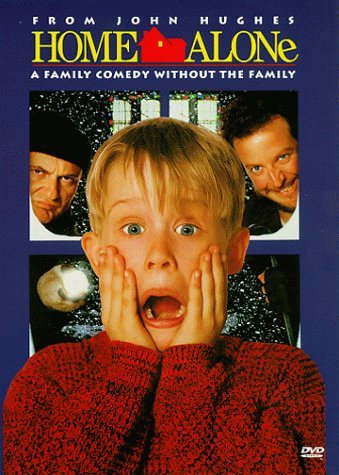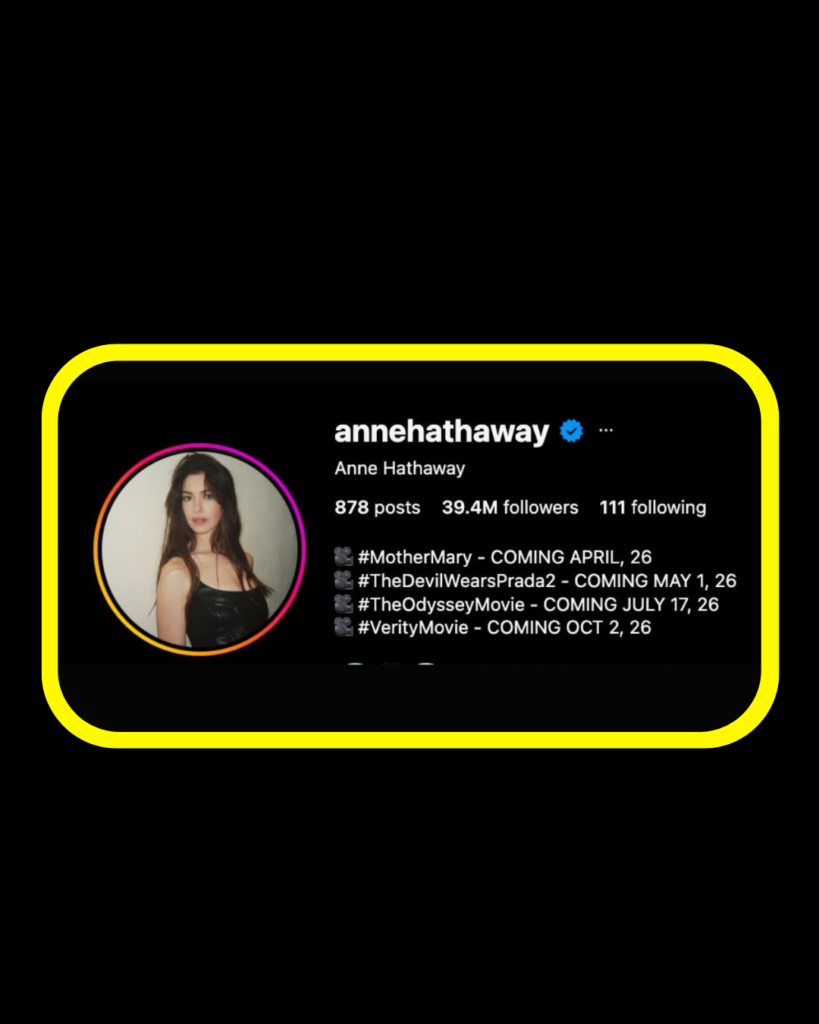Entertainment
17 Statement-Making Gold Jewelry Pieces That Start at Just $7 on February 3, 2024 at 8:00 pm Us Weekly
With the mob wife aesthetic on the rise, we’re saying goodbye to the days of dainty accessories and hello to gold jewelry pieces that really bring the wow factor. Need proof? Hailey Bieber and Rosie Huntington-Whitely have been hopping on board too. These A-listers are consistently spotted rocking the trend, whether that may be eye-catching gold earrings or a chunky gold cuff bracelet. If you want to find gold pieces that pop, we’ve rounded up 17 statement jewelry finds that start at just $7 on Amazon.
With styling in mind, we found everything from gold bracelets, to chunky gold rings and necklaces which draw attention to your neck or chest. They can be teamed with all kinds of ensembles — whether you want to take a page from Bieber’s book and give jeans and a white tee some extra flair, or you want to elevate your date night dress. Keep reading to shop our top picks for statement gold jewelry — all on Amazon!
1. Luxury Lookalike: Similar to a designer option, we’ve been seeing these chunky gold teardrop earrings everywhere – was $14, now $13!
2. Big Heart: Make this chunky heart choker necklace the center of attention when paired with a simple top — just $8!
3. Bold Move: Make your ring stack extra bold with this adjustable, 14k gold dome ring — just $10!
4. Go Big: There’s no way you won’t catch eyes in these chunky gold hoop earrings that are similar to the designer pair (but bigger and shinier) — was $19, now $17!
5. Three’s Company: Why have only one gold ring when you could have three? This set of chunky bold rings will bring your hands some extra bling — just $10!
6. Double Heart: These drop earrings are proof that two hearts is always better than one — just $13!
7. Art-Chitecture: Just like how an accent chair complements a living room, these gold-plated earrings will complement your face — just $13!
8. Beautiful Bangle: This elastic, adjustable chunky gold bracelet brings “old money style” to any outfit — just $14!
9. Retro-Chic: Bring the ’80s into 2024 with these square ribbed gold earrings — just $18!
10. Cuff It: Simply slip this chunky gold asymmetric cuff on your wrist and instantly elevate your outfit in the process — just $7!
11. With a Twist: Made with a slight twist, these feather gold earrings will give your look a beautiful, classic touch — just $19!
12. Exaggerated Elegance: Made with large gold twists, this chunky bangle brings visual weight to your wrists without being too much — just $16!
13. Knot Too Shabby: TBH, these knotted gold earrings are far from shabby. Made with a five-ring design, these dangle hoop earrings have an ornate twisted illusion that’s sure to collect some compliments — just $10!
14. Cutest Croissant: We can bet you’ll want to wear this divine dome croissant ring on repeat — just $13!
15. Belle of the Ball: By adding a ball as the centerpiece of this necklace, it went from simple to stand-out — just $8!
16. Statement Snake: This snake-style choker necklace will team with everything from a simple tee to a summer dress — just $27!
17. Charming Chain: Trendy-yet-timeless, you can count on this chunky chain necklace to pair well with outfits for years to come — was $14, now $12!
Us Weekly has affiliate partnerships. We receive compensation when you click on a link and make a purchase. Learn more!
With the mob wife aesthetic on the rise, we’re saying goodbye to the days of dainty accessories and hello to gold jewelry pieces that really bring the wow factor. Need proof? Hailey Bieber and Rosie Huntington-Whitely have been hopping on board too. These A-listers are consistently spotted rocking the trend, whether that may be eye-catching
Us Weekly Read More
Continue Reading
Entertainment
This ‘Too Small’ Christmas Movie Turned an $18M Gamble Into a Half‑Billion Classic

Studios almost left this Christmas staple on the cutting‑room floor. Executives initially saw it as a “small” seasonal comedy with limited box‑office upside, and internal budget fights kept the project hovering in limbo around an $18 million price tag.

The fear was simple: why spend real money on a kid‑driven holiday film that would vanish from theaters by January?
That cautious logic aged terribly. Once released, the movie exploded past expectations, pulling in roughly $475–$500 million worldwide and camping at the top of the box office for weeks.
That’s a return of more than 25 times its production budget, putting it among the most profitable holiday releases in modern studio history.
What some decision‑makers viewed as disposable seasonal content quietly became a financial engine that still prints money through re‑runs, streaming, and merchandising every December.
The story behind the numbers is part of why fans feel so attached to it. This was not a four‑quadrant superhero bet with guaranteed franchise upside; it was a character‑driven family comedy built on specific jokes, one child star, and a very particular vision of Christmas chaos. The fact that it nearly got shelved—and then turned into a half‑billion global phenomenon—makes every rewatch feel like a win against studio risk‑aversion.
When you press play each year, you are not just revisiting nostalgia; you are revisiting the rare moment when a “small” movie out‑performed the system that almost killed it.
Entertainment
Anne Hathaway Just Turned Her Instagram Bio Into a 2026 Release Calendar

Anne Hathaway has quietly confirmed that 2026 is going to be her year, and she did it in the most Anne way possible: with a soft-launch in her Instagram bio.
Instead of a traditional studio announcement, the Oscar-winning actor updated her profile text with a simple list of titles and dates, effectively revealing a four-film run that reads like a mini festival of her work spread across the year.
For fans, the bio now doubles as a watchlist, mapping out exactly when they will see her next on the big screen.

According to the update, Hathaway will kick off 2026 with “Mother Mary,” slated for an April release. The film, backed by A24, casts her as a fictional pop star in a psychological, music‑driven drama that has already started building buzz through early trailer drops and stills. Positioned in the spring, it sets the tone for a year where Hathaway leans hard into challenging, high‑concept material while still anchoring major studio projects.
Just weeks later, she pivots from pop icon to fashion-world nostalgia with “The Devil Wears Prada 2,” now dated for May 1, 2026. The sequel brings her back as Andy Sachs, returning to the universe that helped define her mid‑2000s stardom and remains a staple in meme culture and rewatches. For millennials who grew up quoting the original, the firm release date signals that the long-rumored follow‑up is no longer hypothetical—it’s locked in, with Hathaway front and center.

The devil wears Prada
Summer belongs to “The Odyssey,” marked for July 17, 2026. Billed as an ambitious, big‑screen reimagining of the classic tale, the project reunites Hathaway with large‑scale, auteur‑driven filmmaking and promises mythic stakes, prestige casting, and blockbuster spectacle. Its prime July slot suggests confidence from the studio and positions Hathaway as a key face of the 2026 summer season, not just a supporting player in someone else’s tentpole.

Finally, Hathaway’s bio points to “Verity,” arriving October 2, 2026, rounding out the year with a dark, suspense‑driven turn. Adapted from a hit thriller novel, the film casts her in a psychologically intense role that leans into obsession, secrets, and unreliable narratives—terrain that plays to her ability to toggle between vulnerability and menace in a single scene. Coming at the start of awards season, “Verity” also gives her a potential late‑year prestige vehicle after a run of crowd‑pleasing releases.
What makes this reveal so striking is the casualness of it. In one short line, Hathaway essentially published a studio slate: four movies, four distinct genres, and a timeline that keeps her on screens from spring through fall. For Hollywood, it underlines her staying power as a true marquee name; for fans, it’s an invitation to mark their calendars and prepare for a year where Anne Hathaway isn’t just part of the conversation—she is the conversation.
Entertainment
Colombia’s ‘Doll’ Arrest: Police Say a 23-Year-Old Orchestrated Hits, Including Her Ex’s Murder

Authorities in Colombia say Karen Julieth Ojeda Rodríguez, 23, known as “La Muñeca” (“The Doll”), was arrested in early December on allegations she coordinated contract killings for the Los de la M gang and helped set up the murder of her ex-boyfriend in July. Police reported seizing a 9mm pistol and a revolver during the operation and are testing the weapons against recent homicides in Barrancabermeja, a city battered by drug-war killings this year.

What police allege
Investigators describe Ojeda Rodríguez as a youthful face with a senior role: not a trigger-puller, but a coordinator who relayed orders to sicarios, managed target selection, and handled logistics for a network tied to drug trafficking and extortion in Santander. They say she rose quickly within Los de la M, operating in hot spots like Barrancabermeja and Piedecuesta, where rivalries over territory and revenue have fueled violence.
The July killing at the center
Prosecutors allege she lured her ex-boyfriend, Deyvy Jesús García Palomino (“Orejas”), to a rural meeting on July 23 under the guise of settling a money dispute. When he arrived, two shooters on a motorcycle attacked at close range; he later died at the hospital. Investigators point to recovered messages to argue the meetup was a setup arranged in advance, and they claim she and an accomplice received roughly 4 million pesos—about $1,000—for the hit.
The December takedown
Police announced her capture following a targeted early-December sweep, framing it as a blow to Los de la M’s homicide pipeline.
Alongside Ojeda Rodríguez, officers detained an alleged accomplice known as “Gorda Sicaria” who purportedly passed orders to gunmen, and a man identified as “Leopoldo.”
Forensic tests on the seized weapons aim to link the guns to crime scenes amid a year marked by more than a hundred killings in Barrancabermeja, according to media cited by authorities.

A clear timeline
- July 23: Ex-boyfriend “Orejas” shot after a rural meetup; he dies in hospital the same day. Authorities later cite phone messages as evidence of premeditation.
- Late 2024: Police publicly identify “La Muñeca” as an alleged coordinator within Los de la M tied to multiple homicides in Santander.
- Early December 2025: Targeted operation results in the arrests of Ojeda Rodríguez and alleged accomplices; police seize a 9mm pistol and a revolver for ballistic testing.
Why the case resonates
The contrast between the “Doll” moniker and the accusations of top-level murder coordination has fueled global attention, while the intimate ex-partner setup adds a personal dimension to an already combustible gang narrative. Authorities caution that ballistic and judicial proceedings are ongoing, but they characterize the arrests as a significant hit to a group blamed for a wave of killings in the region.

 Entertainment5 days ago
Entertainment5 days agoWicked Sequel Disappoints Fans: Audience Verdict on For Good

 Entertainment3 weeks ago
Entertainment3 weeks agoAfter Party: Festival Winner for Best Romantic Short

 News3 weeks ago
News3 weeks agoCamp Wackapoo – Rise of Glog Takes Center Stage

 News2 weeks ago
News2 weeks agoYolanda Adams Questions Traditional Views on God’s Gender, Audience Reacts

 Entertainment3 weeks ago
Entertainment3 weeks agoFrancisco Ramos Takes Top Mockumentary Award at Houston Comedy Film Festival

 Politics3 weeks ago
Politics3 weeks agoTrump’s $2,000 Tariff Dividend Plan: Who Gets Paid?

 Politics4 weeks ago
Politics4 weeks agoMamdani’s Victory Triggers Nationwide Concern Over New York’s Future

 Film Production3 weeks ago
Film Production3 weeks agoWhy China’s 2-Minute Micro Dramas Are Poised To Take Over The U.S.

























